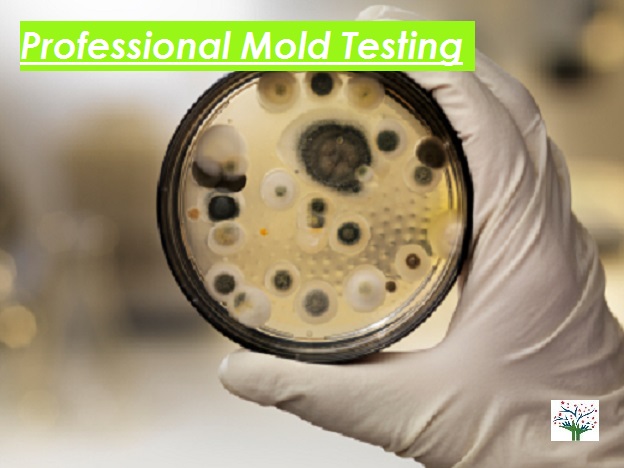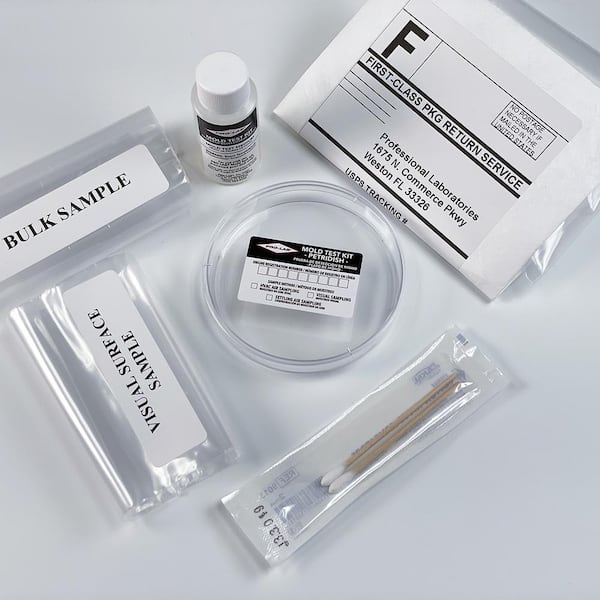Selecting the Right Mycotoxin testing Services for Your Company
Selecting the Right Mycotoxin testing Services for Your Company
Blog Article
How Mycotoxin Screening Helps Prevent Contamination and Secure Food Products

Mycotoxin screening is an important technique in the food sector, offering as a frontline defense against contamination by dangerous toxic substances produced by molds. With the application of advanced methods like High-Performance Liquid Chromatography (HPLC) and Fluid Chromatography-Mass Spectrometry (LC-MS), food manufacturers can accurately spot and quantify mycotoxin levels in agricultural products.
Understanding Mycotoxins
Comprehending mycotoxins starts with acknowledging that they are harmful additional metabolites produced by specific mold and mildews, which can infect farming items. These metabolites are not essential for the development or reproduction of the fungis yet can have serious implications for animal and human health and wellness. Mycotoxins are typically located in staple plants such as corn, wheat, barley, and nuts, where they can proliferate under certain problems of wetness and temperature level.
There are several types of mycotoxins, each created by various fungal types. Fusarium varieties generate trichothecenes and fumonisins, both of which are associated with numerous severe and chronic health and wellness problems.

Threats of Mycotoxin Contamination
The risks of mycotoxin contamination are diverse, positioning considerable threats to both food safety and public health and wellness. Mycotoxins, poisonous substances produced by certain kinds of fungi, can pollute a wide range of farming items consisting of cereals, nuts, flavors, dried out fruits, and coffee.
Economic impacts are another major concern. Contaminated crops can cause significant financial losses for farmers and food producers as a result of decreased returns and the demand for pricey purification actions. Global profession can be dramatically impeded as countries apply stringent mycotoxin regulations to protect their populations, leading to declined shipments and stretched trade relationships.
Environmental factors such as environment adjustment exacerbate the risk of mycotoxin contamination. Variations in temperature and moisture can create favorable problems for fungal growth, increasing the likelihood of contamination occasions. Hence, understanding and minimizing these risks are crucial for ensuring the safety and honesty of global food supplies.
Methods of Mycotoxin Evaluating
Precisely recognizing mycotoxin contamination in farming items is essential for guarding public health and wellness and keeping food safety and security criteria. Various techniques are utilized to detect and measure mycotoxins, each offering specific advantages and restrictions.
High-Performance Liquid Chromatography (HPLC) is a widely made use of approach due to its high sensitivity and accuracy. It involves dividing mycotoxins from other compounds in an example, allowing accurate quantification. Fluid Chromatography-Mass Spectrometry (LC-MS) incorporates fluid chromatography with mass spectrometry to offer thorough molecular information, making it especially valuable for recognizing several mycotoxins simultaneously.

Gas Chromatography-Mass Spectrometry (GC-MS) and Thin-Layer Chromatography (TLC) are likewise employed, each with unique applications. GC-MS works for volatile mycotoxins, while TLC uses a less complex, affordable option for initial testing.
Benefits of Normal Checking
Regular testing for mycotoxins in agricultural items offers numerous about his benefits, considerably adding to public wellness and food security. By determining contamination early, regular testing aids protect against the distribution of harmful foods, thereby decreasing the threat of mycotoxin-related illnesses amongst customers. This proactive strategy not just safeguards human wellness however likewise boosts the general high quality of food supplies.
Constant testing additionally supports governing conformity. Different countries and areas have developed rigorous limits for mycotoxin degrees in food and feed. Abiding by these limits through routine testing guarantees that manufacturers and suppliers satisfy legal criteria, therefore staying clear of fines and profession obstacles. Maintaining conformity promotes consumer trust and brand name track record, which are essential for market success.
Furthermore, regular mycotoxin testing can lead to significant financial advantages. Early detection of contamination enables for timely treatment, decreasing possible losses from extensive contamination. Carrying out routine testing protocols can likewise lessen recall costs and related responsibilities, which can be economically ravaging.
In addition, routine testing supplies useful data that can inform better agricultural techniques and storage conditions. By recognizing patterns of contamination, manufacturers can take on safety nets, consequently lowering future threats and adding to the sustainability of the food supply chain.
Applying Evaluating Protocols
Carrying out effective mycotoxin screening methods is critical for making sure the security and high quality of farming items. Each phase has to be scrutinized to identify where mycotoxin contamination is most likely to take place.
When crucial control points are determined, selecting appropriate screening methods is important. Common methods include enzyme-linked immunosorbent assay (ELISA), high-performance liquid chromatography (HPLC), and mass spectrometry (MS) Each technique has its strengths and weaknesses; thus, choosing the correct one depends upon the particular mycotoxin being checked, the called for sensitivity, and available resources.

Finally, incorporating the screening protocols into an extensive food safety and security administration system is advisable. This boosts traceability and allows speedy corrective activities when contamination is found, consequently guarding the integrity of the food supply more tips here chain.
Final Thought
Mycotoxin testing is important in avoiding contamination and securing food products by enabling very early detection of damaging contaminants generated by molds in farming items. Routine testing enhances brand name online reputation, economic stability, and depend on in food safety by minimizing contamination-related losses and keeping high criteria in food production.
Mycotoxin testing is a crucial method in the food market, offering as a frontline defense against contamination by harmful contaminants generated by molds. read this An integrated technique involving farming methods, storage administration, and routine screening can alleviate the dangers associated with mycotoxin contamination, making sure food safety and security and public wellness.
The risks of mycotoxin contamination are diverse, presenting significant hazards to both food safety and security and public health and wellness.Normal testing for mycotoxins in agricultural products provides many benefits, significantly adding to public health and food security.Mycotoxin screening is necessary in avoiding contamination and guarding food products by allowing early discovery of damaging contaminants created by mold and mildews in agricultural items.
Report this page